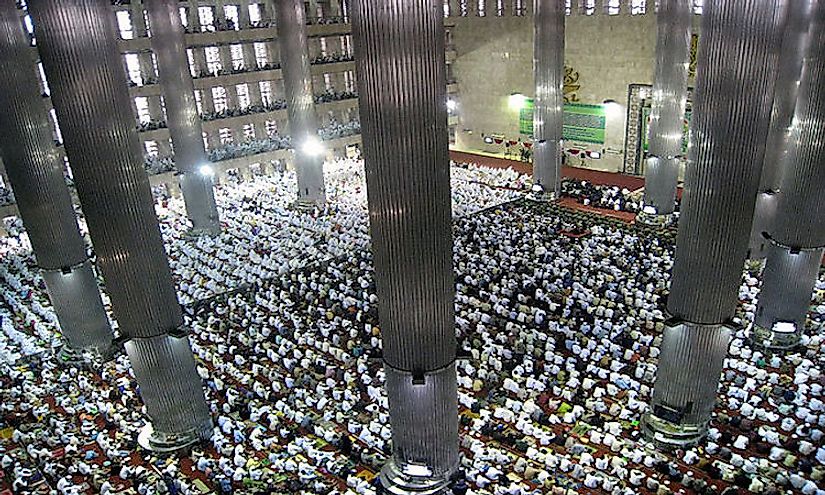Islam In Indonesia

Origin Of Islam In Indonesia
Islam was introduced in Indonesia by the Surf traders who came from Gujarat, India in the 13th century. Before the influx of the Surf traders into the country, Indonesia was predominantly a Buddhist and Hindu country. By the 16th century, Islam had surpassed both the religions and became the dominant religion in Indonesia especially among the people of Java and Sumatra. Zeng is credited with the settlement of Chinese Muslim communities along the shores of Java. The Chinese Muslim community was under the leadership of Hajji Yan Ying Yu who encouraged the Muslims to take up the local names from their settlements. The Javanese Muslims subsequently conquered part of Java and Buddhist-Hindu kingdom of Pajajaran. The spread of Islam in Indonesia was highly organized in the 16th century as indicated by the evidence of the nine holy patriarchs known as “Wali Sanga.” From Java, the Muslims spread to other places including the Northern Sumatra in the regions of Minye Tujoh in the 14th century, East Sumatra, and Malay Peninsula in the 15th century, Central and Eastern Java, and finally to western Java in the 16th century.
Current Muslim Population In Indonesia
Indonesia has the highest percentage of Muslims as part of its total population among countries of the world. There are over 200 million Muslims living in Indonesia, accounting for 13% of the world’s Muslim population. Islam is also the dominant religion in the country with 88% of the country’s population being Muslims. Indonesia is a Sunni Muslim country with just over one million Shi’a Muslims. The Shi’a Muslims are concentrated in Jakarta while a significant number can also be found in Java and Sumatra. The Sunni Muslims are found in all parts of the country but dominate the regions of Java, Sumatra, Sulawesi, Kalimantan, and North Maluku. The internal migration has affected the demographics of Muslims in the country increasing the number of Muslims in areas once dominated by other religions such as Christianity. Christians are now a minority in Maluku Island, an island that was dominated by Christians in early 1990s.
Influence Of Islam On Indonesian Society And Culture
Islam in Indoensia has a significant influence on the society and culture of the country. The Indonesian culture has been shaped by the interactions between the Muslims and the indigenous people. The fusion of Muslims with the local people has led to the birth of new culture and belief especially in the area of music, art, dance, and theater. Islam has also influenced dressing, architecture, and literature of the Indonesians. Though the Muslims have not been able to convert Indonesia to an Islamic State, they have a direct influence on the country’s political activities including elections and policy making.
Freedom Of Religion In Indonesia
Indonesian constitution guarantees the right to worship according to one’s religion and belief. The nation believes in the existence of one Supreme God. Despite the freedom guaranteed by the constitution, certain restrictions have been imposed on certain types of religious activities and on religions that are unrecognized. Faiths such as Islam, Buddhism, Catholicism, Protestantism, Hinduism, Baha’I, and Confucianism are officially recognized by the Ministry of Religious Affairs. Despite Muslims being the majority, Indonesia is not an Islamic state. Indonesia is also the most tolerant Muslim-majority in the world.
Famous Mosques And Islamic Art And Architecture In Indonesia
Islam in Indonesia has gifted the country with some spectacular works of art and architecture. Indonesia hosts some of the most beautiful and spectacular buildings including mosques, residential buildings, and commercial centers. Some of the famous mosques in the country include Istiqlal, Sumenep, Banda Aceh, and Kudus. The Indonesian Mosques and other buildings incorporated both the Islam and Hindu architecture.











